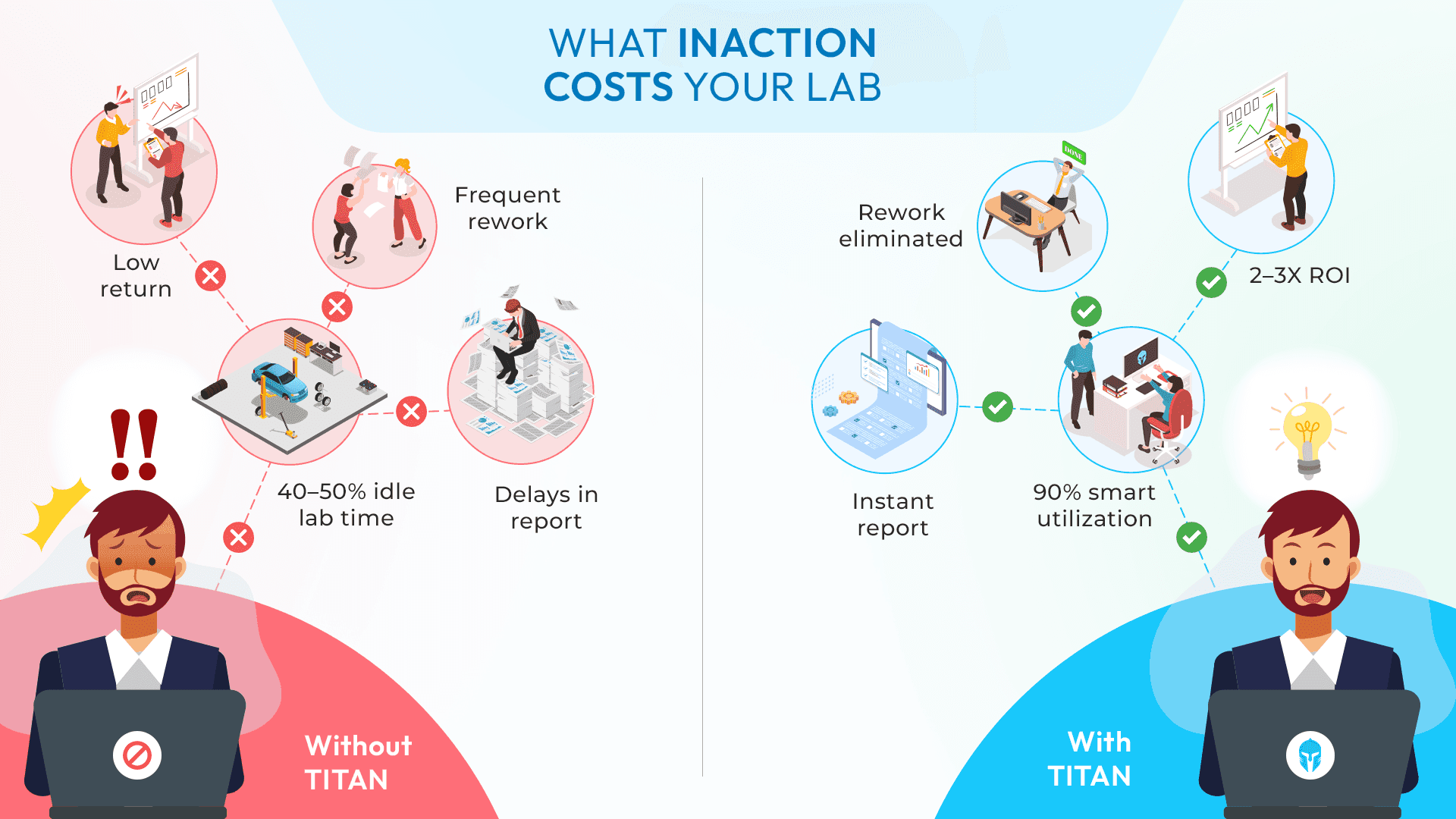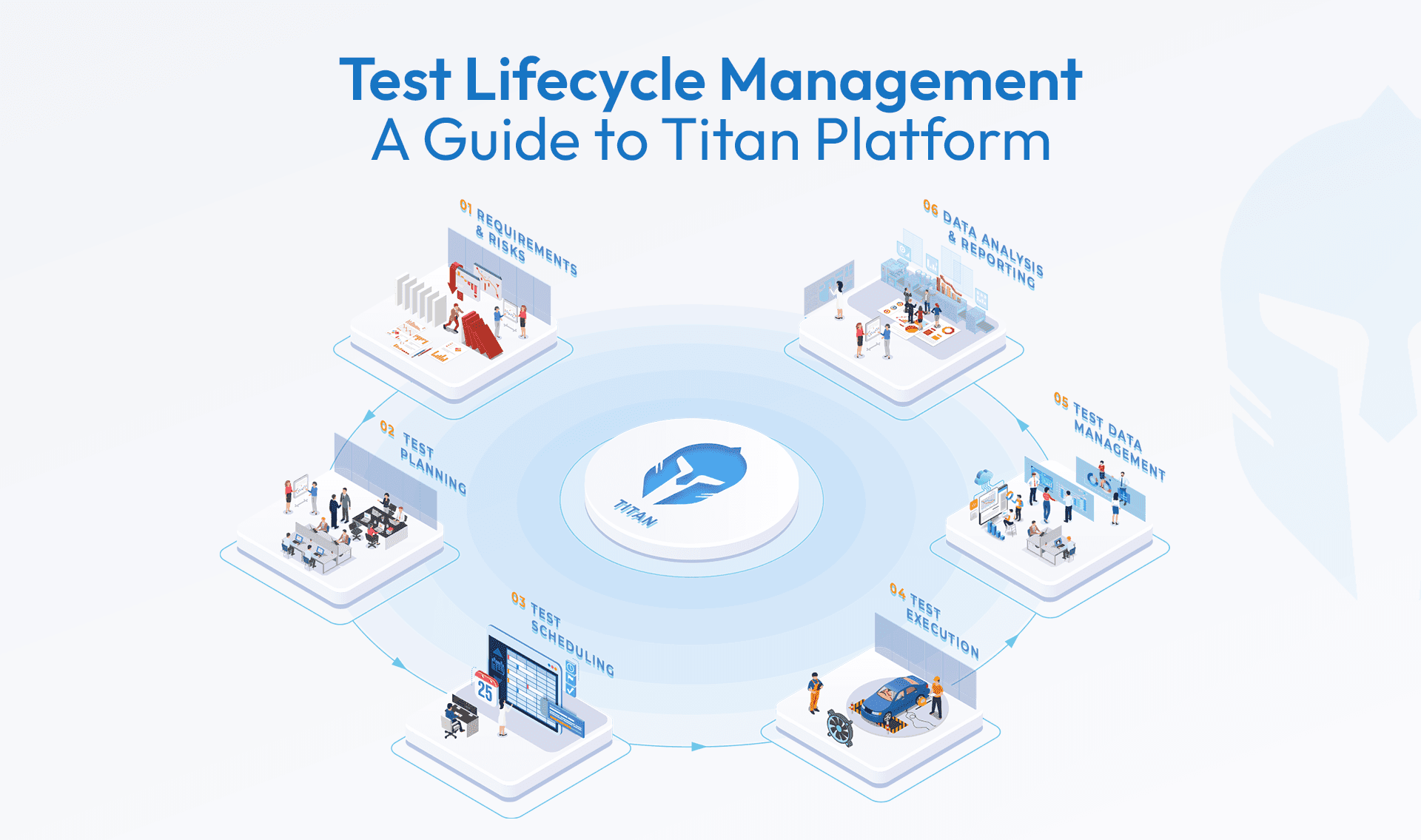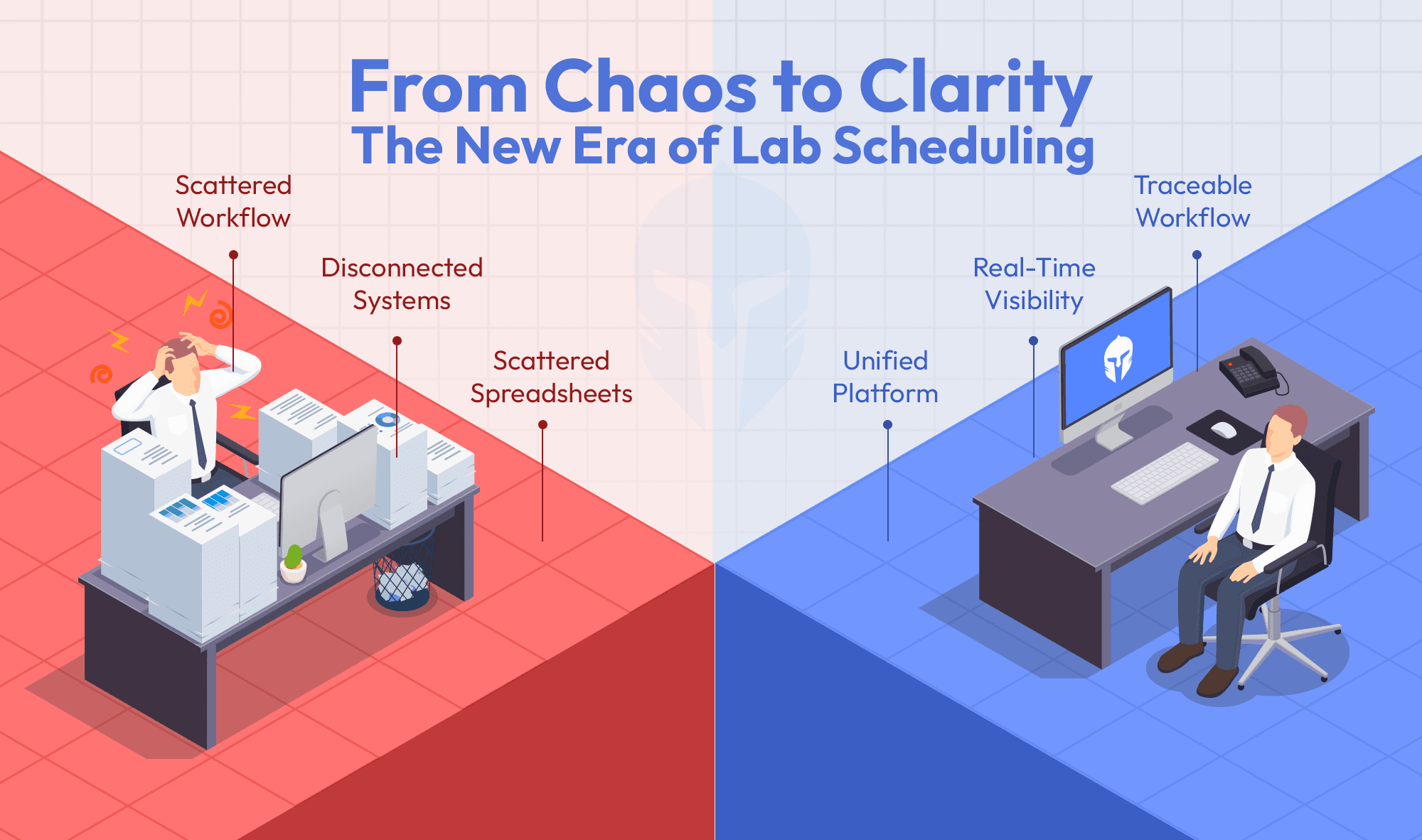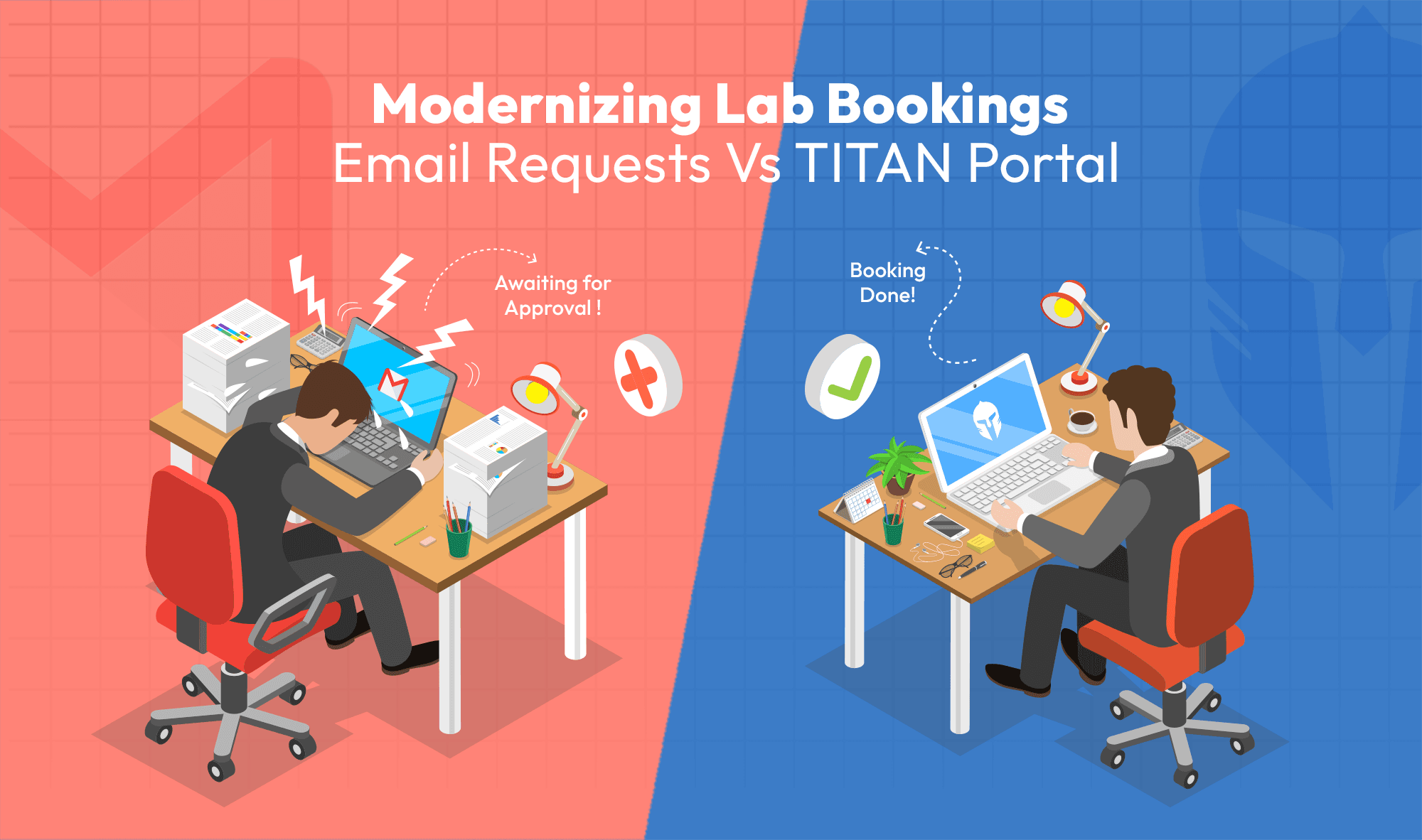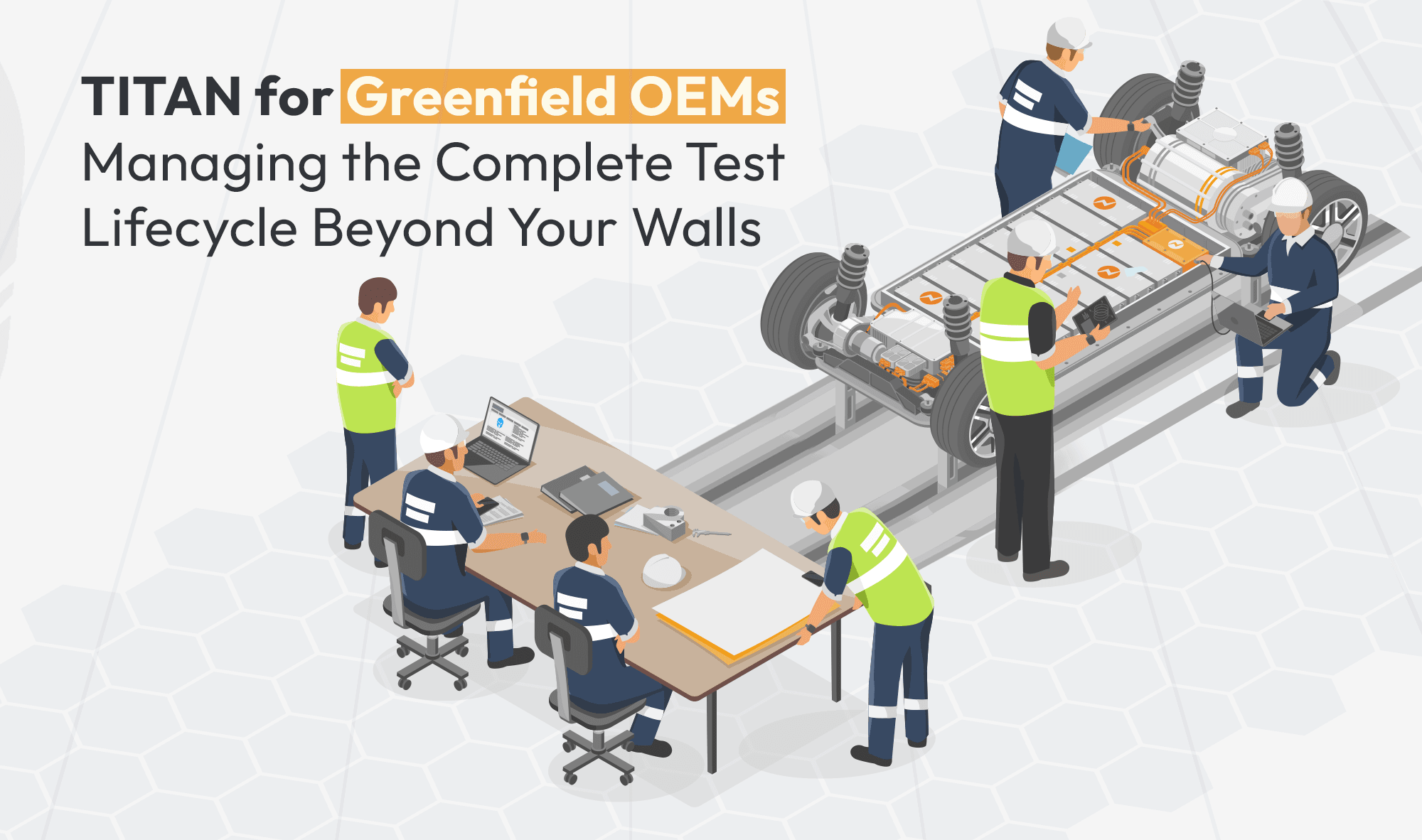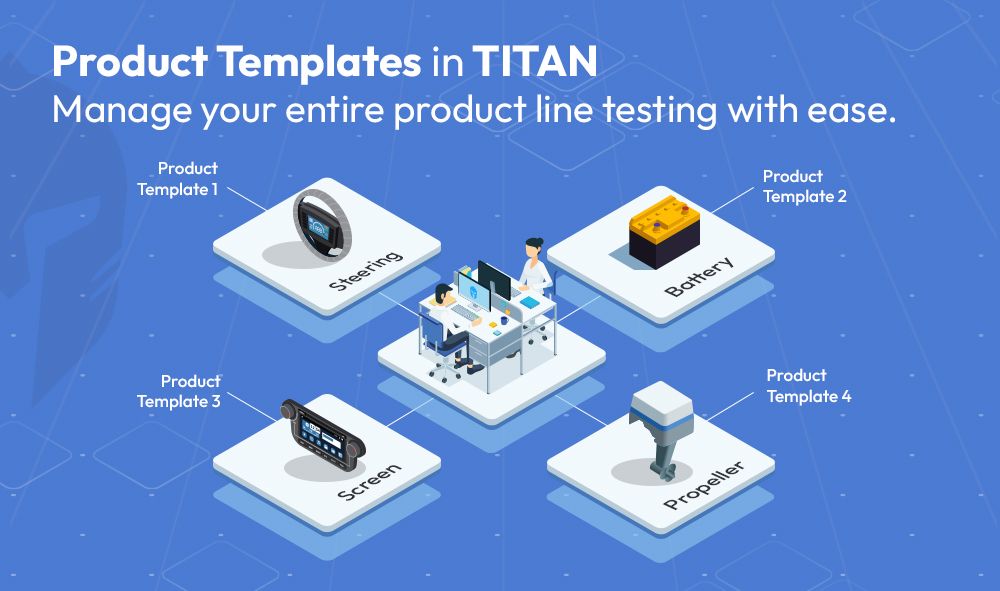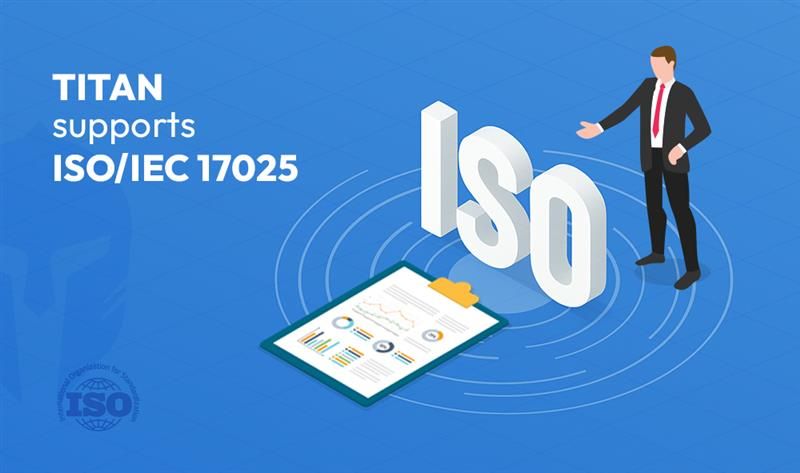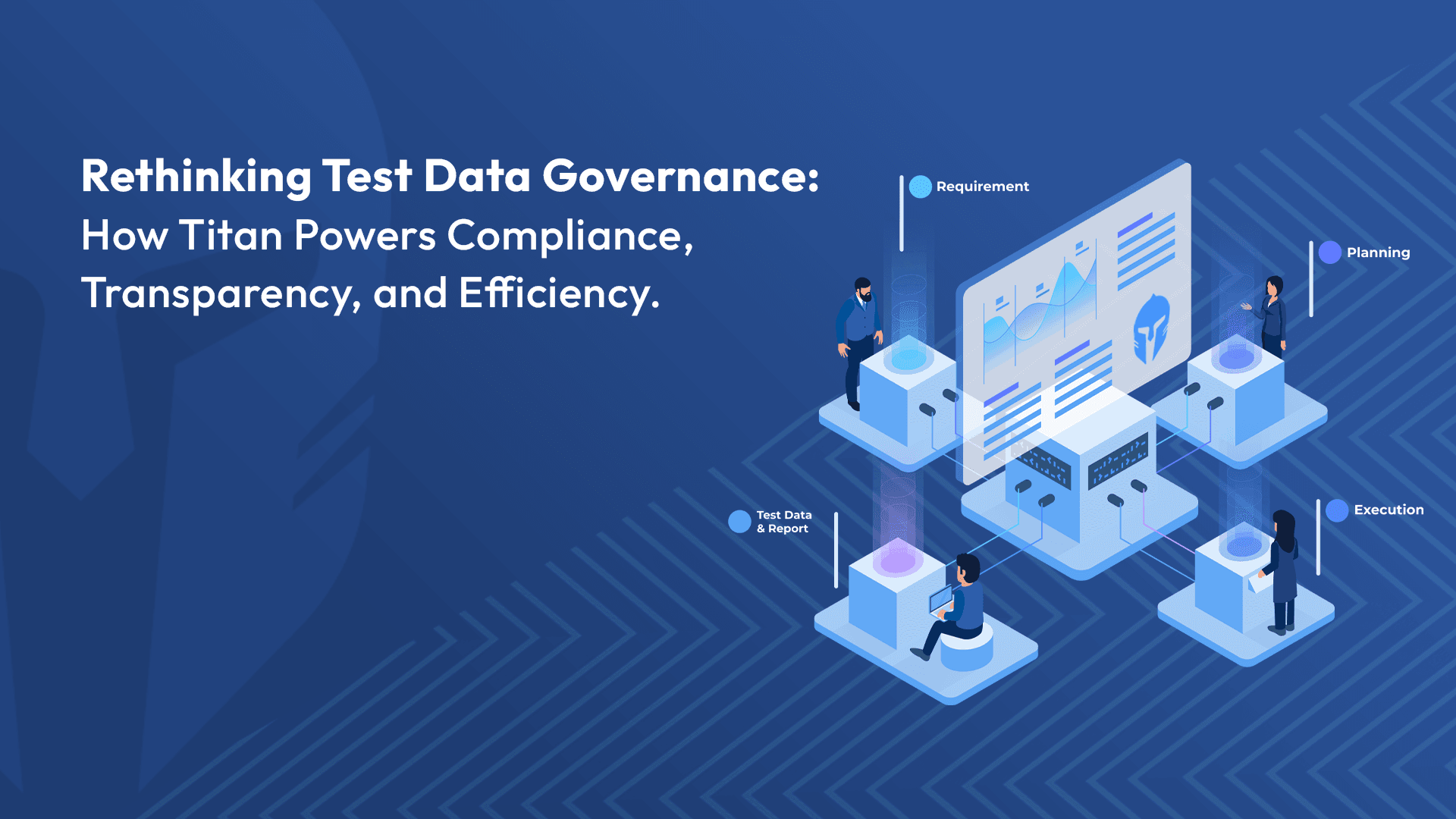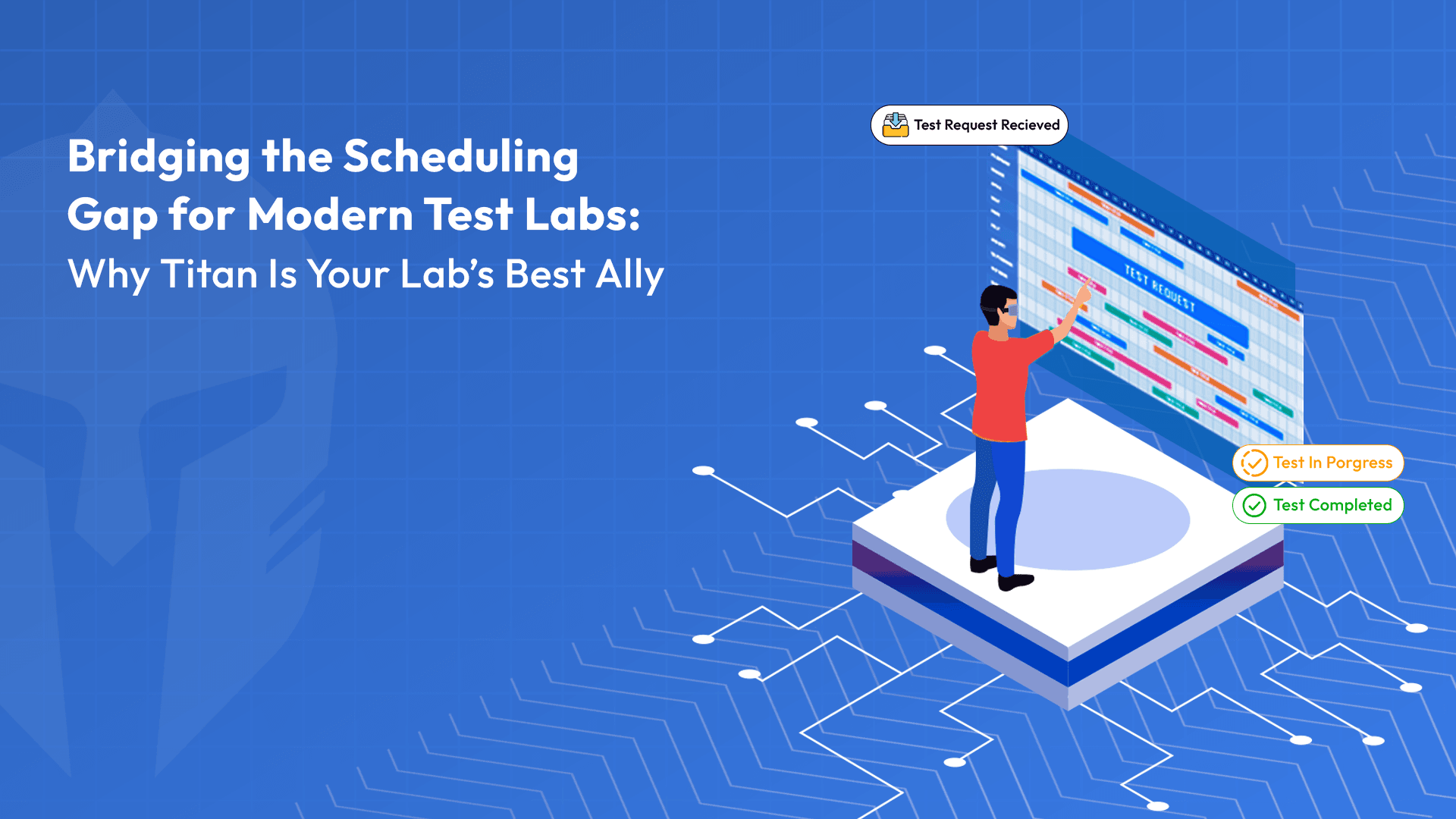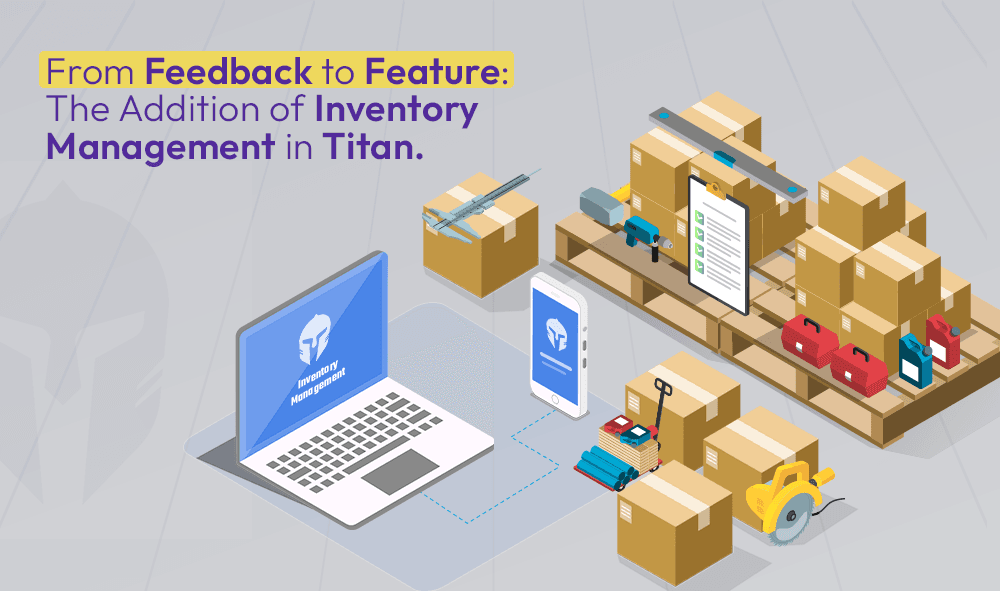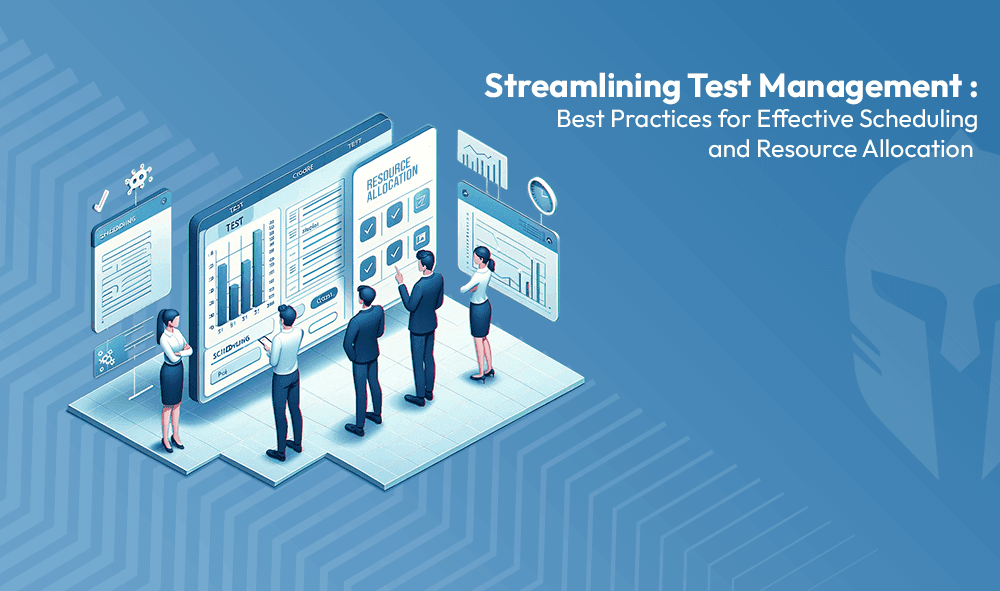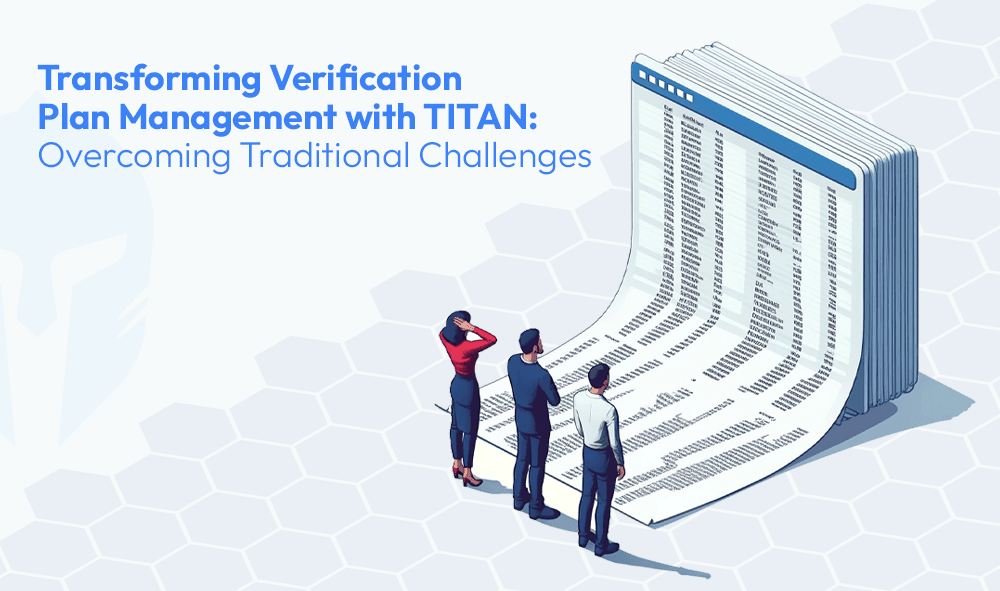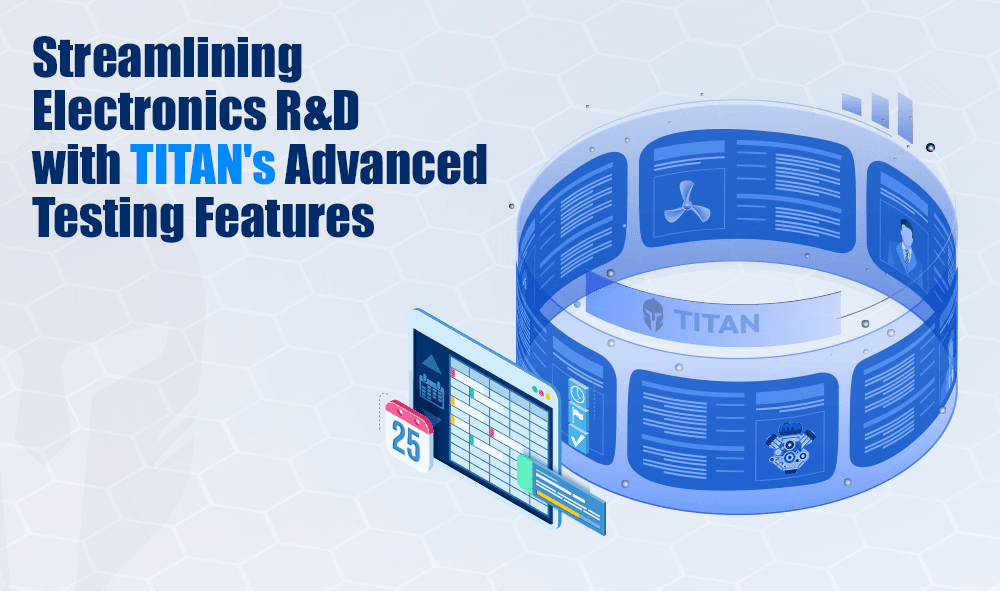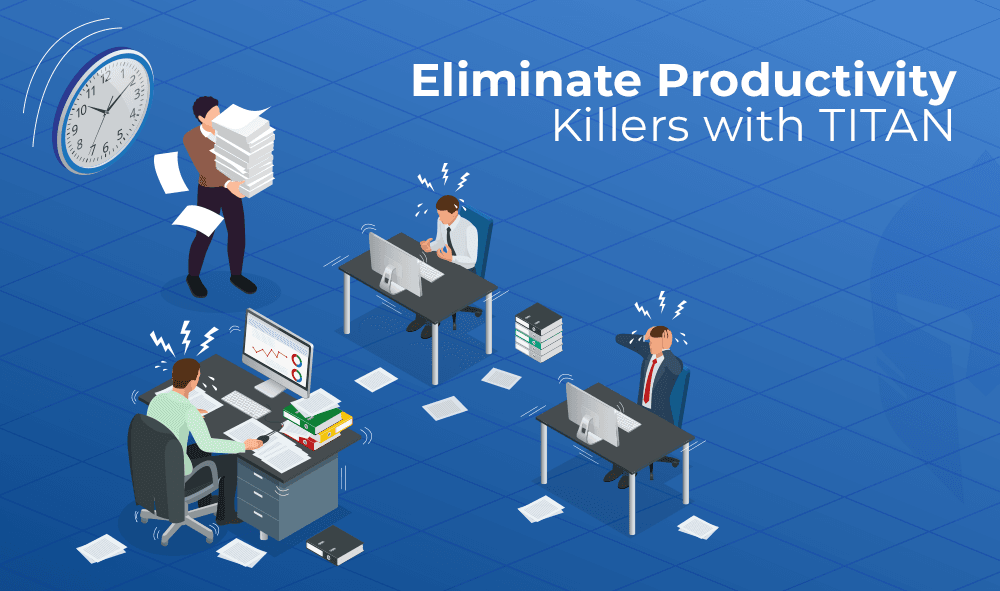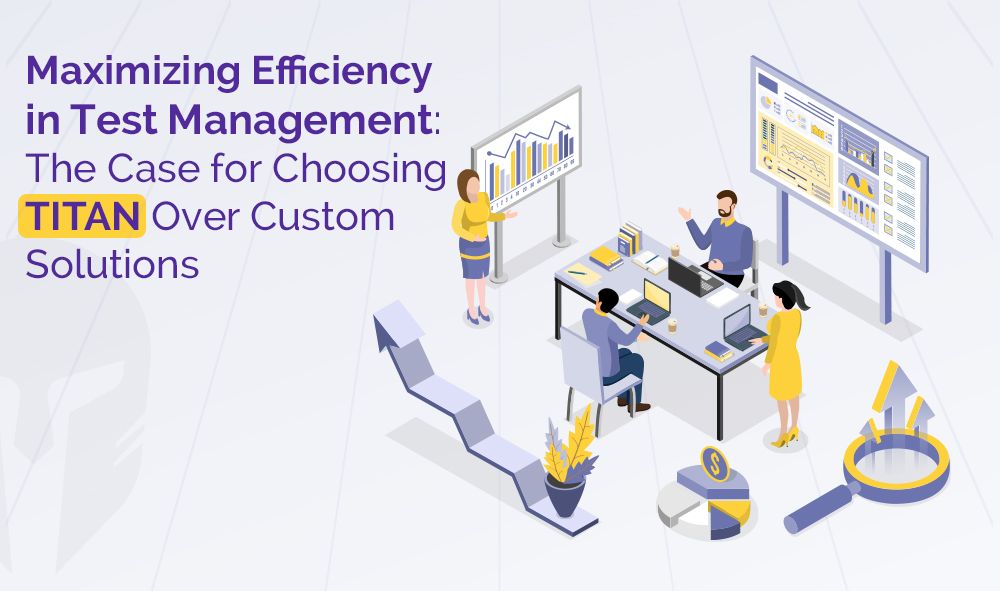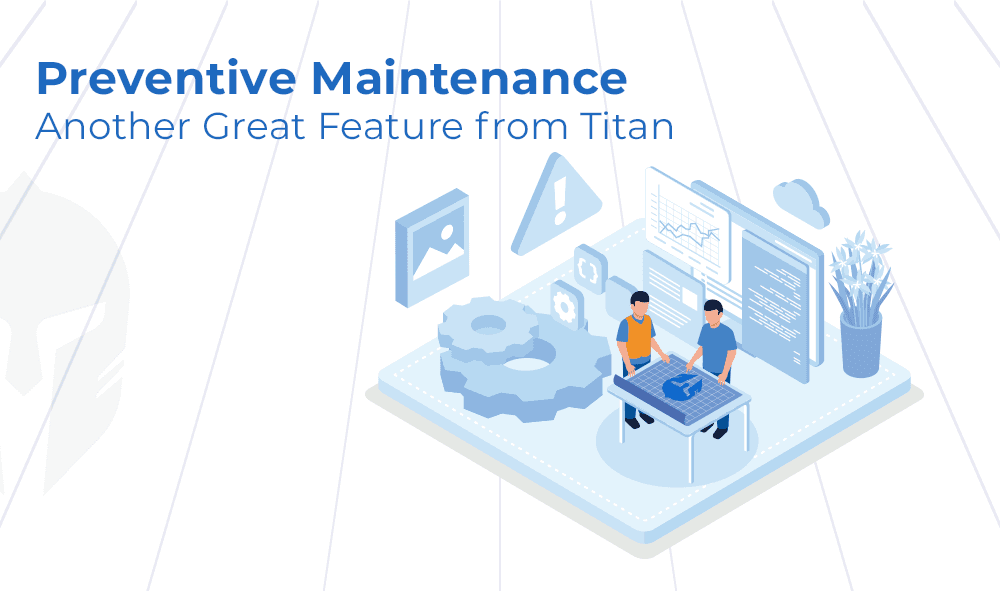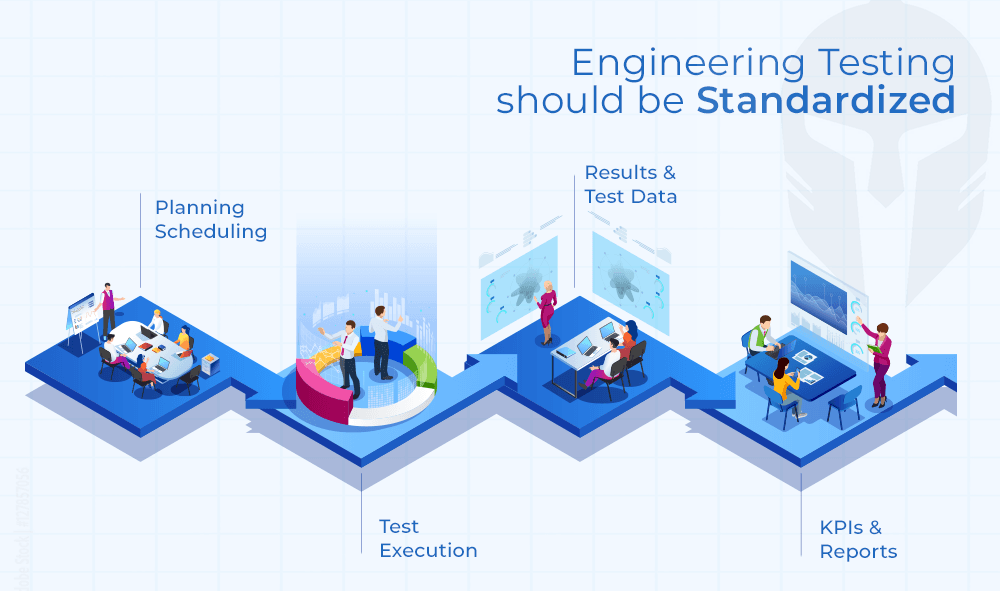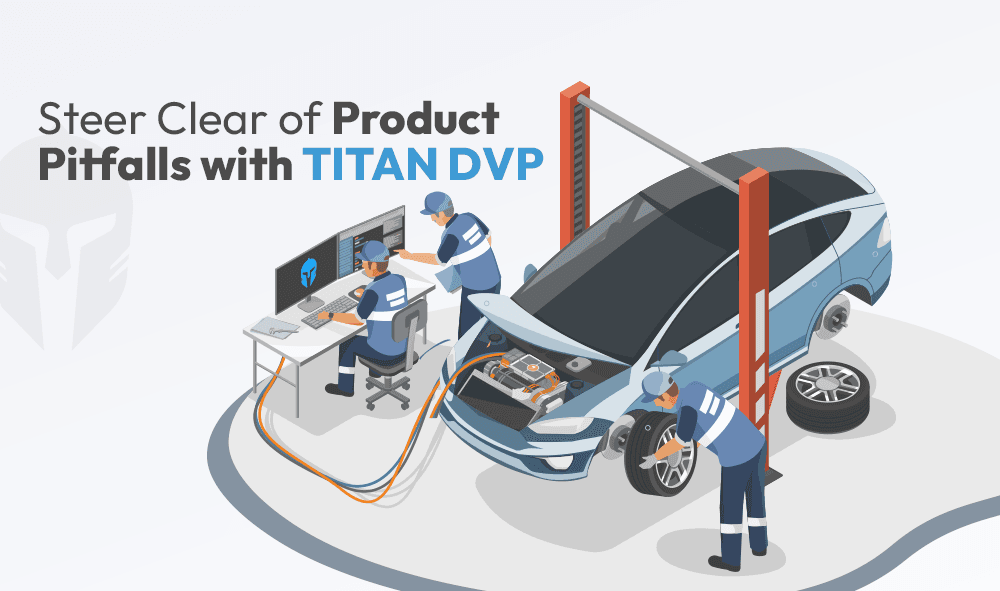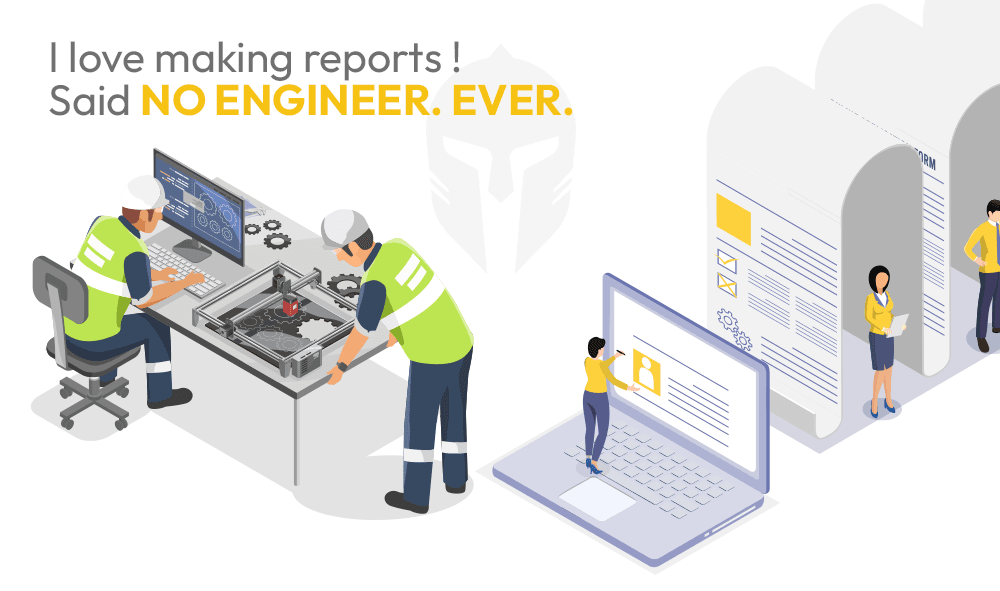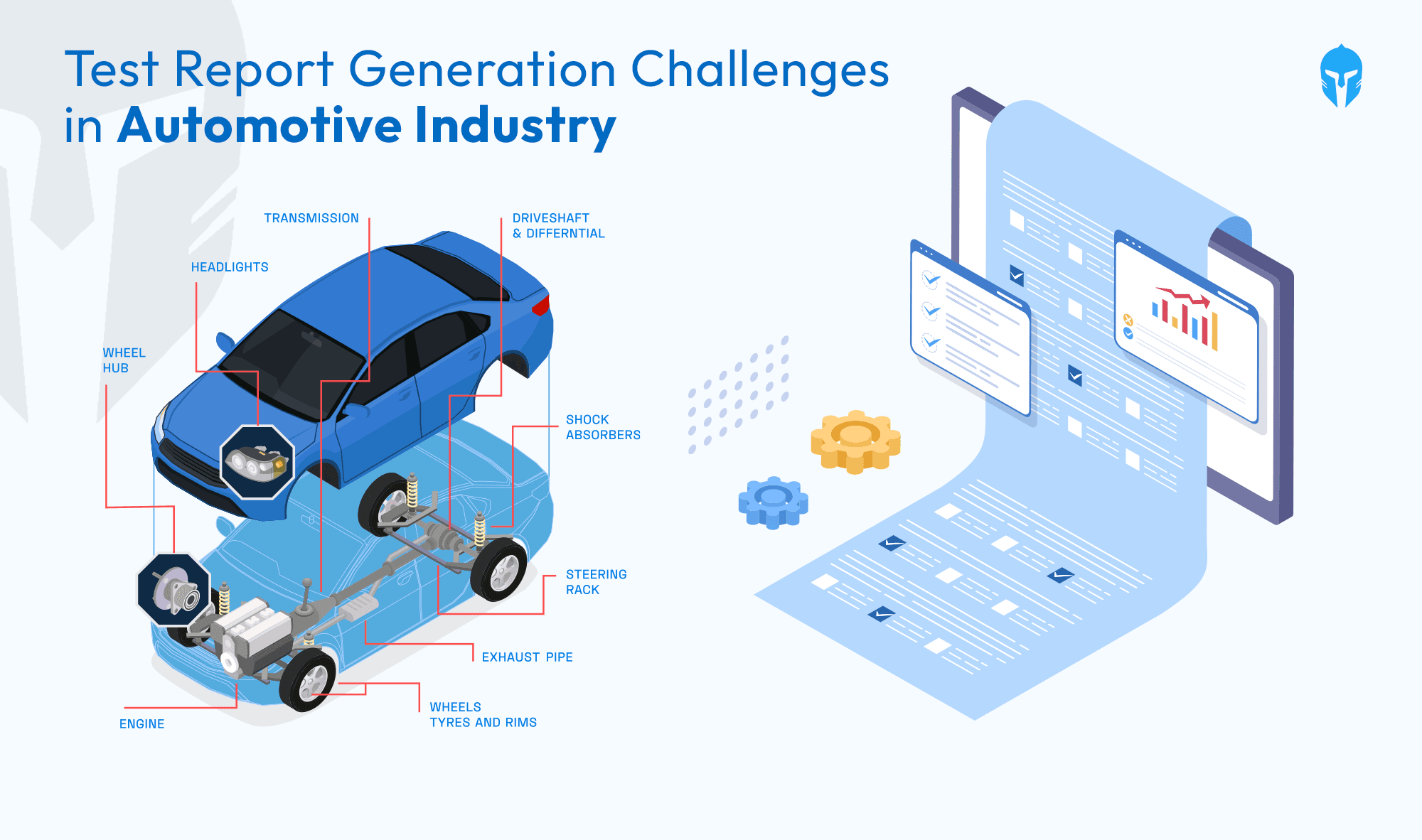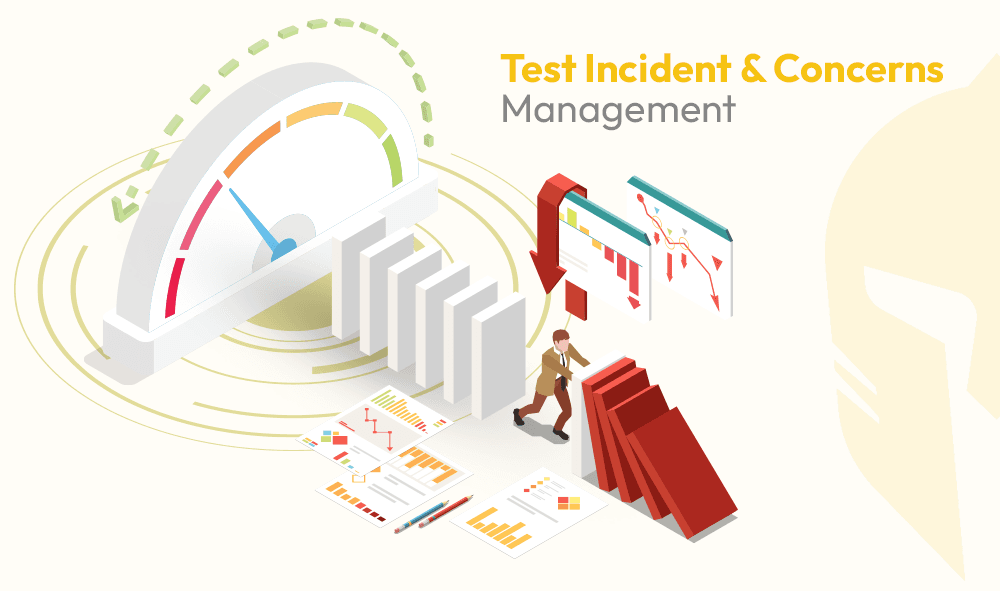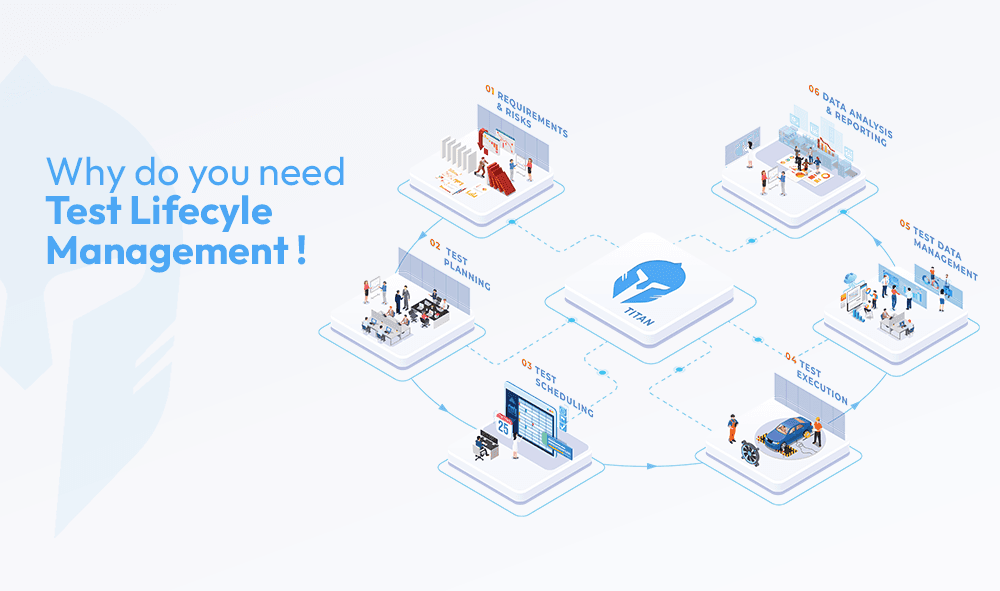The Essential Synergy: How a unified Test and Lab Management tool enhances your engineering products’ verification and validation experience?

In the world of engineering product verification and validation (V&V), traceability and efficiency are paramount to giving the earliest green signal for a market launch. A key aspect of ensuring these qualities lies in the seamless connection between your test management and lab management systems. These tools play a vital role throughout the product development lifecycle, from initial design verification plans to final validation. This blog explores the critical functionalities of each system, the importance of their synergy, the struggles faced without this connection, and how Titan can help you achieve this integration effectively.
The Role of Test Management Systems in Product Development
Test management systems are integral to the product development lifecycle, ensuring that every aspect of testing is well-coordinated and documented. They encompass several critical functionalities:
- Centralized Test Management: Store and organize all testing-related data, including test cases, test plans, and test runs, in a single, accessible repository.
- Planning and Scheduling: Facilitate the planning and scheduling of test activities, ensuring that testing tasks are assigned to users and completed on time.
- Defect Tracking: Track and resolve issues that arise during testing, which is critical for continuous improvement and refinement of the product.
- Reporting and Analytics: Generate detailed reports and metrics on testing activities, such as test coverage, execution progress, defect status, and test results, to inform decision-making.
By effectively managing these elements, a test management system ensures that all testing activities are well-organized and traceable, providing essential feedback throughout the product development lifecycle.
The Role of Lab Management Systems in Product Development
Lab management systems are crucial for the operational aspects of testing, ensuring that the necessary resources and facilities are available and functioning properly. Their critical functionalities include:
- Prototype Management: Track and manage the lifecycle of test articles or prototypes, including their build, storage, testing, service or maintenance jobs, and disposal. Ensure that each prototype is assigned to events and is traceable.
- Resource Management: Manage the allocation of test facilities, different types of equipment, and personnel, ensuring that each test and event is properly supported. Additionally, the tool assists in optimal utilization of resources and balancing the workload.
- Inventory Management: Track and manage laboratory inventory, including components, parts, and consumables. Monitor stock levels and automate reordering to prevent shortages.
- Preventive Maintenance: Ensure the lab is in optimal condition through preventive maintenance and work orders, which is crucial for consistent and reliable test results.
By effectively managing these elements, a lab management system ensures that all operational aspects of testing are well-supported and efficient, contributing to the overall success of the product development lifecycle.
The Importance of Synergy Between Test Management and Lab Management Systems
There is often a notion that test management and lab management systems serve entirely different user bases, with little need for integration. However, the reality is that a unified system is crucial for several reasons, especially during the product development lifecycle:
- Efficient Test Planning & Execution: Test information and lab schedules must be aligned to avoid delays. Any scheduling conflicts can disrupt the entire testing process, impacting project timelines.
- Resource Management: Proper resource allocation ensures that all necessary components and facilities are available when needed, directly affecting test outcomes and product quality.
- Accurate Communication: Seamless communication between systems ensures that test plans, schedules, resources, and details are shared accurately and in real-time, reducing the risk of errors.
- Business Insights: A unified system provides a clear understanding of delays and deviations, allowing planning teams to make informed decisions based on real-time feedback from test resources.
Without this synergy, organizations face significant challenges in maintaining the quality and efficiency of their V&V processes, which can lead to increased costs and longer development cycles.
The Struggles Without Synergy Between Test and Lab Management Tools
Without a seamless connection between test and lab management systems, organizations may experience:
- Scheduling conflicts for your tests and events: Misaligned schedules can cause significant delays in product development.
- Resource shortages and unbalanced workload: Poor resource allocation can lead to incomplete or postponed tests, affecting the overall development timeline.
- Miscommunication: Disparate systems can lead to errors and inconsistencies in test execution, impacting product quality.
- Inefficient operations: Lack of real-time data can hinder the ability to make informed decisions quickly, resulting in longer development cycles and lower operational efficiency of the lab.
These struggles can result in increased costs, longer project timelines, and compromised test quality, ultimately affecting the final product’s time to market.
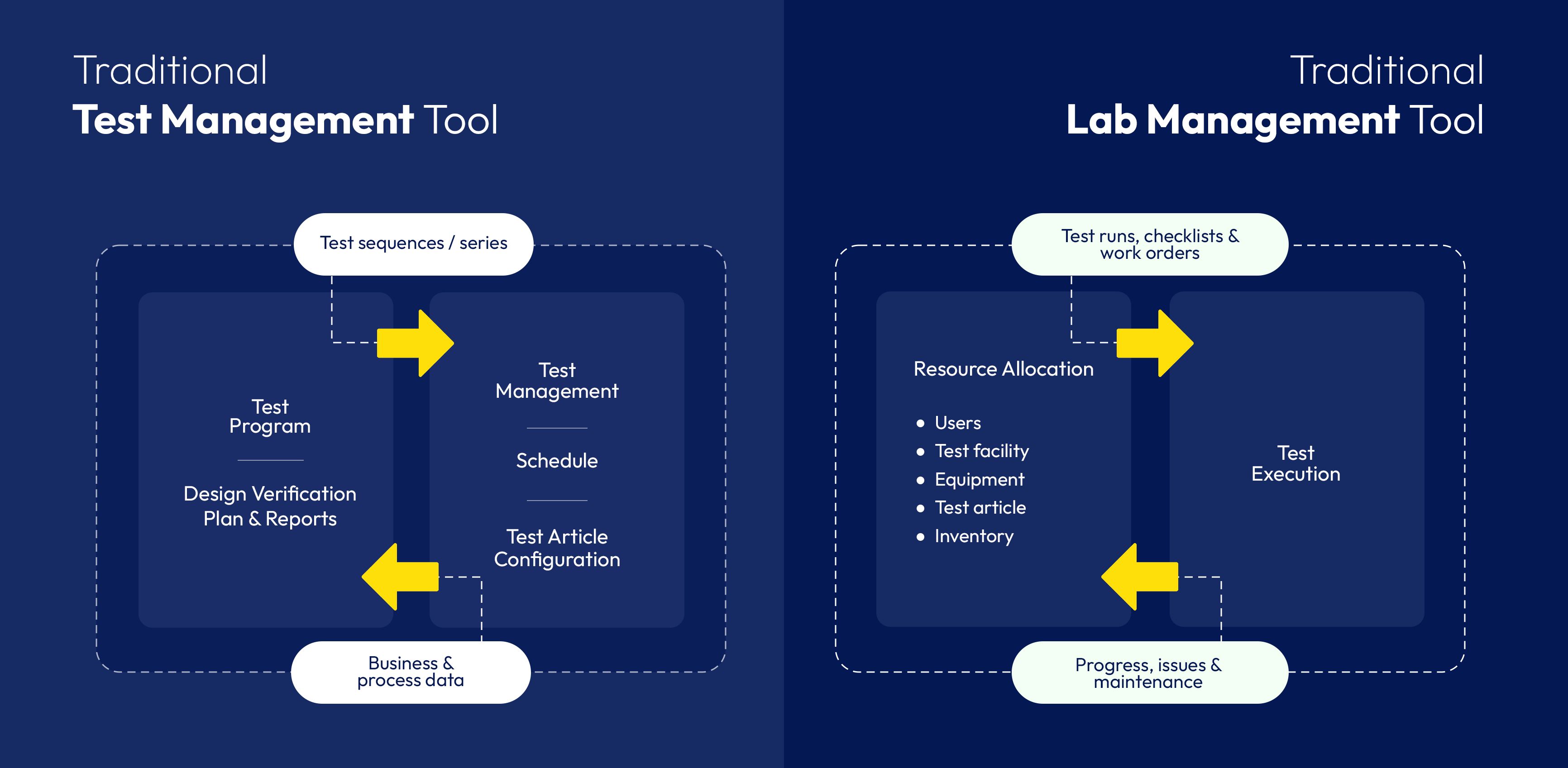
How Titan Facilitates Seamless Integration
Titan offers a comprehensive solution that integrates test and lab management systems into a single, unified tool. Whether you are conducting internal or external testing, Titan ensures:
- Unified Test and Lab Management: Seamless coordination between test planning and lab operations.
- Real-time Updates: Instant communication of test plans, schedules (and reschedules), and resource allocations.
- Enhanced Efficiency: Streamlined processes that reduce delays and improve test outcomes.
- Actionable Insights: Clear visibility into the progress and any deviations, enabling better decision-making throughout the product development lifecycle.
- Configurable Roles and Permissions: Titan supports both test and lab management users with customizable roles and permissions. Each user can have visibility tailored to their role, ensuring they see what matters most to them.
With Titan, you can achieve a more efficient, accurate, and cohesive V&V process, ensuring that your engineering products meet the highest standards from initial design to final validation.

Conclusion
In the realm of engineering product verification and validation, the connection between test management and lab management systems cannot be overstated. Their synergy is essential for efficient test execution, accurate resource management, and effective communication throughout the product development lifecycle. By integrating these systems, organizations can overcome operational challenges and achieve better business outcomes. Titan provides the ideal solution for this integration, ensuring that your testing processes are as seamless and efficient as possible, ultimately leading to higher quality products and a smoother development process.
Ready to Unify Your Test and Lab Management?
Don't let misaligned schedules, resource shortages, and miscommunication hinder your product development process. Embrace the power of a unified system with Titan and transform your verification and validation activities into a streamlined, efficient process. Contact us today for a free demo and discover how Titan can elevate your operational capabilities and ensure your engineering products meet the highest standards from initial design to final validation.
Request a demo and see Titan in action




